I wrote a whole fifty-two-part blog post series on The Emergence of Modern Astronomy, much of which covered the same period as this series, so I’m not going to repeat it here. However, an interesting question is, did the developments in astronomy during the Humanist Renaissance go hand in hand with humanism and to what extent, or did the two movements run parallel in time to each other without significant interaction?
The simple answer to my own questions is yes, humanism and the emergence of modern astronomy were very closely interlinked in the period between 1400 and the early seventeenth century. This runs contrary to a popular conception that the Humanist Renaissance was purely literary and in no way scientific. In what follows I will briefly sketch some of that interlinking.
To start, two of the driving forces behind the desire to renew and improve astronomy, the rediscovery of Ptolemaic mathematics-based cartography and the rise in importance of astrology were very much part of the Humanist Renaissance, as I have already documented in earlier episodes of this series. It is not a coincidence that many of the leading figures in the development of modern astronomy were also involved, either directly or indirectly, in the new cartography. Also, nearly all of them were active astrologers.
Turning to the individual astronomers, the man, who kicked off the debate on the astronomical status of comets, a debate that, I have shown, played a central role in the evolution of modern astronomy, Paolo dal Pozzo Toscanelli (1397–1482) a member of the Florentine circle of prominent humanist scholars that included Filippo Brunelleschi, Marsilio Ficino, Leon Battista Alberti and Cardinal Nicolaus Cusanus, all of whom have featured in earlier episodes of this series.
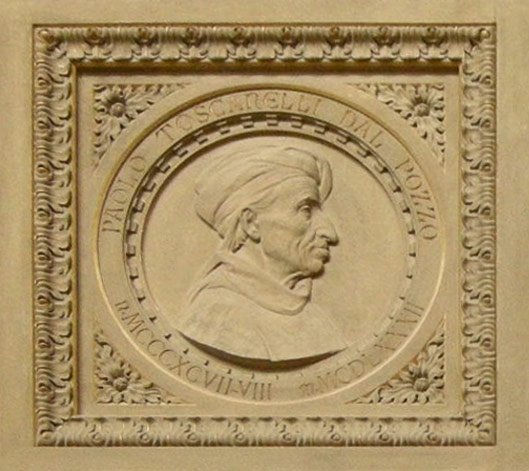
Toscanelli, who is best known as the cosmographer, who supplied Columbus with a misleading world map, was one of those who met the Neoplatonic philosopher Georgius Gemistus Pletho (c. 1355–c. 1452) at the Council of Florence. Pletho introduced Toscanelli to the work of the Greek geographer Strabo (c. 64 BCE–c. 24 CE), which was previously unknown in Italy.
Turning to the University of Vienna and the so-called First Viennese School of Mathematics, already during the time of Johannes von Gmunden (c. 1380–1442) and Georg Müstinger (before 1400–1442), Vienna had become a major centre for the new cartography as well as astronomy. However, it is with the next generation that we find humanist scholars at work. Toscanelli’s unpublished work on comets might have remained unknown if it hadn’t been for Georg von Peuerbach (1423–1461). As a young man Peuerbach had travelled extensively in Italy and become acquainted with the circle of humanists to which Toscanelli belonged. He shared an apartment in Rome with Cusanus and personally met and exchanged ideas with Toscanelli. Returning to Vienna he lectured on poetics and took a leading role in reviving classical Greek and Latin literature, a central humanist concern. Today he is, of course, better known for his work as an astronomer and as the teacher of Johannes Müller, better known Regiomontanus.
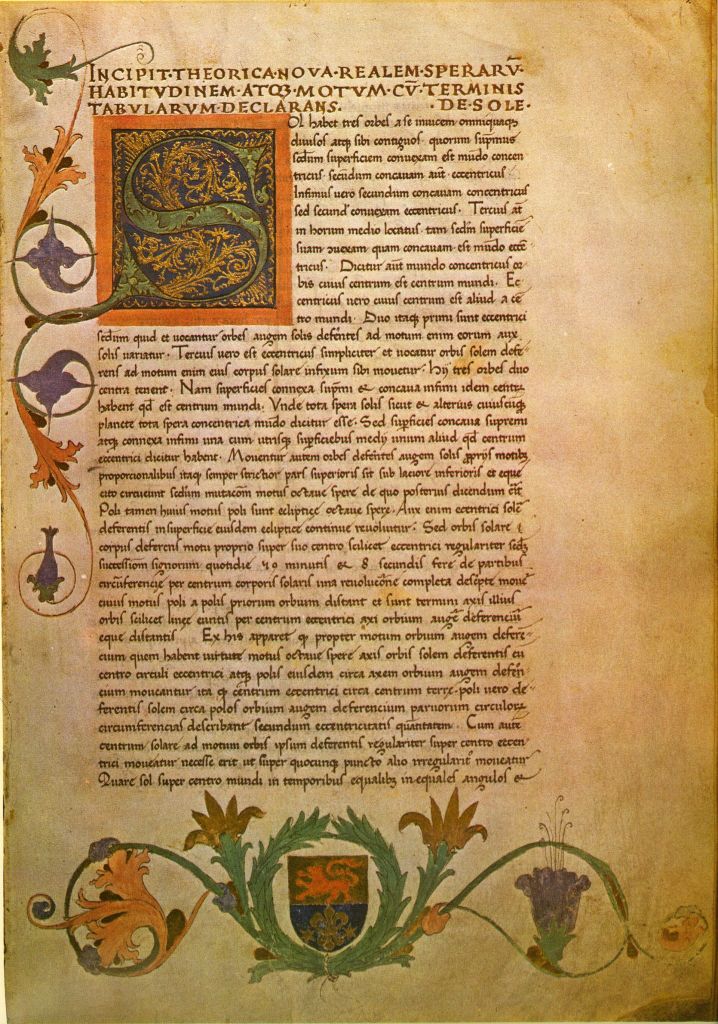
Regiomontanus (1436–1476) became a member of the familia (household) of the leading Greek humanist scholar Basilios Bessarion (1403–1472), a pupil of Pletho. He travelled with Bessarion through Italy, working as his librarian finding and copying Latin and Greek manuscripts on astronomy, astrology and mathematics for Bessarion’s library. Bessarion had taught him Greek for this purpose. Leaving Bessarion’s service Regiomontanus served as librarian for the humanist scholars, János Vitéz Archbishop of Esztergom (c. 1408–1472) a friend of Peuerbach’s and then Matthias Corvinus (1443–1490) King of Hungary.
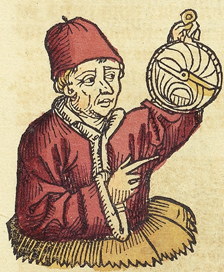
When Regiomontanus left Hungary for Nürnberg he took a vast collection of Geek and Latin manuscripts with him, with the intention of printing them and publishing them. At the same time applying humanist methods of philology to free them of their errors accumulated through centuries of copying and recopying. A standard humanist project as was the Epitome of Ptolemaeus that he and Peuerbach produced under the stewardship of Bessarion.
The so-called Second Viennese School of mathematics was literally founded by a humanist, when Conrad Celtis (1459–1508) took the professors of mathematics Andreas Stiborius (1464–1515) and Johann Stabius (before 1468–1522), along with the student Georg Tanstetter (1482–1535) from Ingolstadt to Vienna, where he founded his Collegium poetarum et mathematicorum, that is a college for poetry and mathematics, in 1497. Ingolstadt had established the first ever German chair for mathematics to teach astrology to medical students, also basically a humanist driven development.
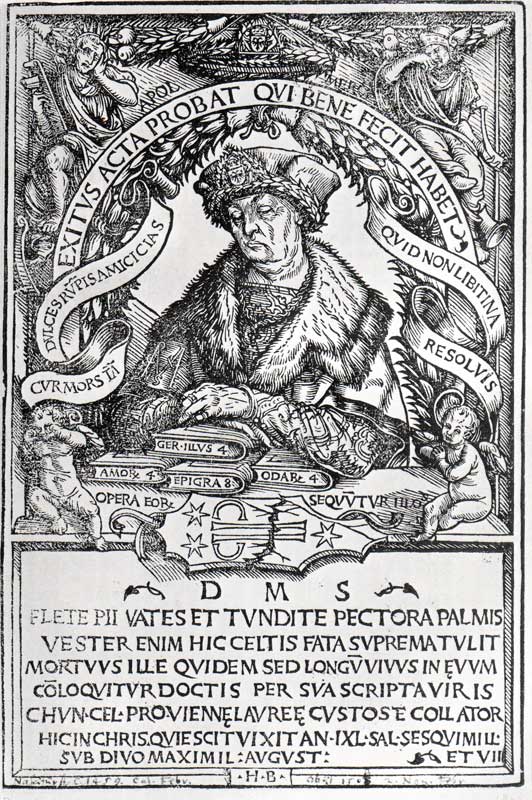
Source: Wikimedia Commons
The wind of humanism was strong in Vienna, where Peter Apian (1495–1552) was Tanstetter’s star pupil becoming like his teacher a cosmographer, returning to Ingolstadt, where his star pupil was his own son Philipp (1531–1589), like his father a cosmographer. Philipp became professor in Tübingen, where he was Michael Mästlin’s teacher, instilling him with the Viennese humanism. As should be well known Mästlin was Kepler’s teacher.
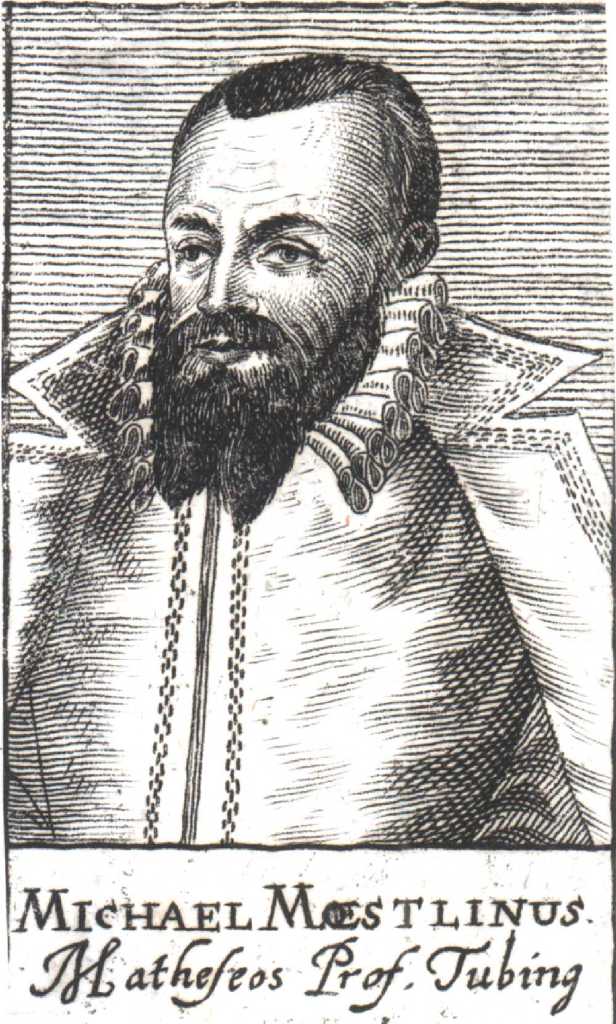
Back-tracking, we must consider the central figure of the emergence of modern astronomy, Nicolaus Copernicus (1473–1543). There are no doubts about Copernicus’ humanist credentials.
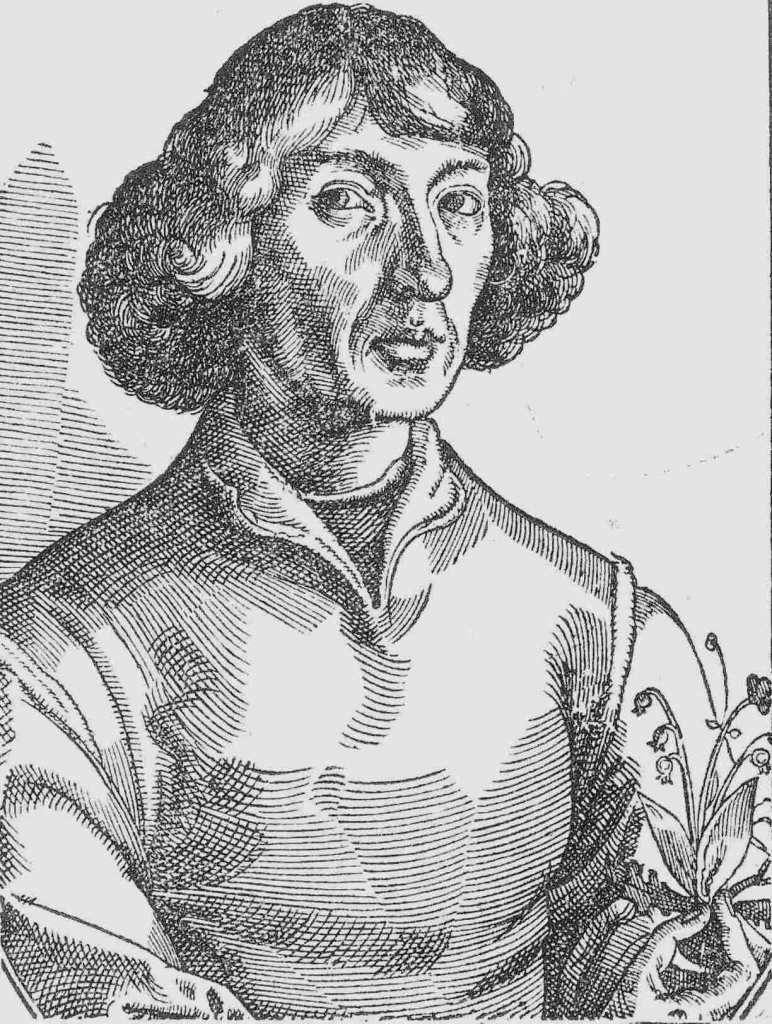
He initially studied at the University of Krakow, the oldest humanist university in Europe north of the Italian border. He continued his education at various North Italian humanist universities, where he continued to learn his astronomy from the works of Peuerbach and Regiomontanus (as he had already done in Krakow) under the supervision of Domenico Maria da Novara (1454–1504) a Neoplatonist, who regarded himself as a student of Regiomontanus.
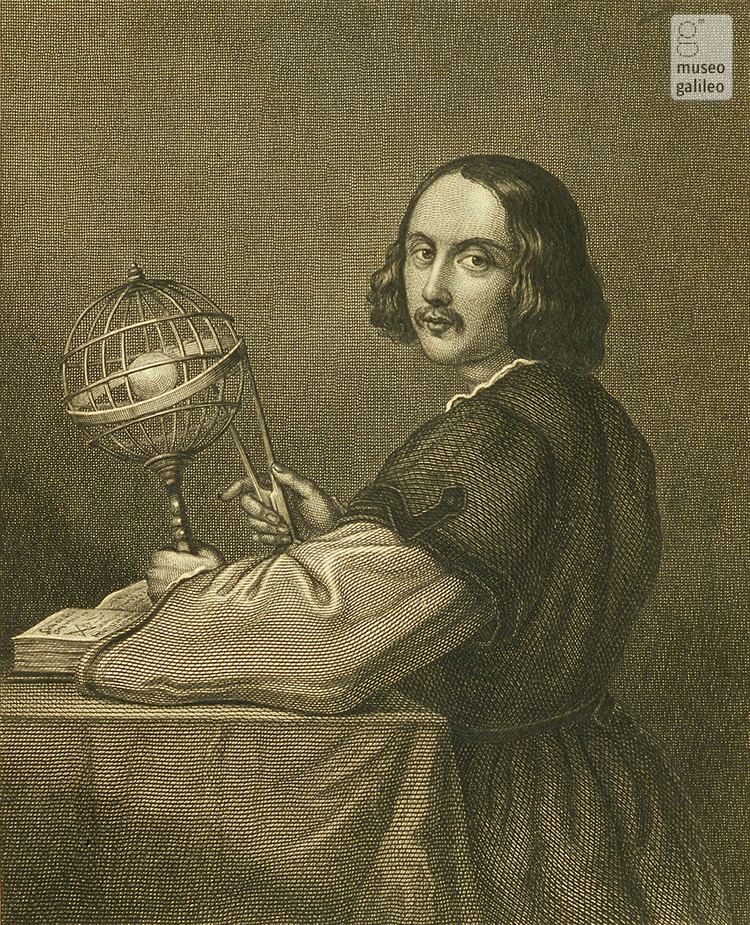
In Northern Italy Copernicus received a full humanist education even learning Greek and some Hebrew. Establishing his humanist credentials, Copernicus published a Latin translation from the Greek of a set of 85 brief poems by the seventh century Byzantine historian Theophylact Somicatta, as Theophilacti scolastici Simocati epistolae morales, rurales et amatoriae interpretatione Latina in 1509. He also wrote some Greek poetry himself.
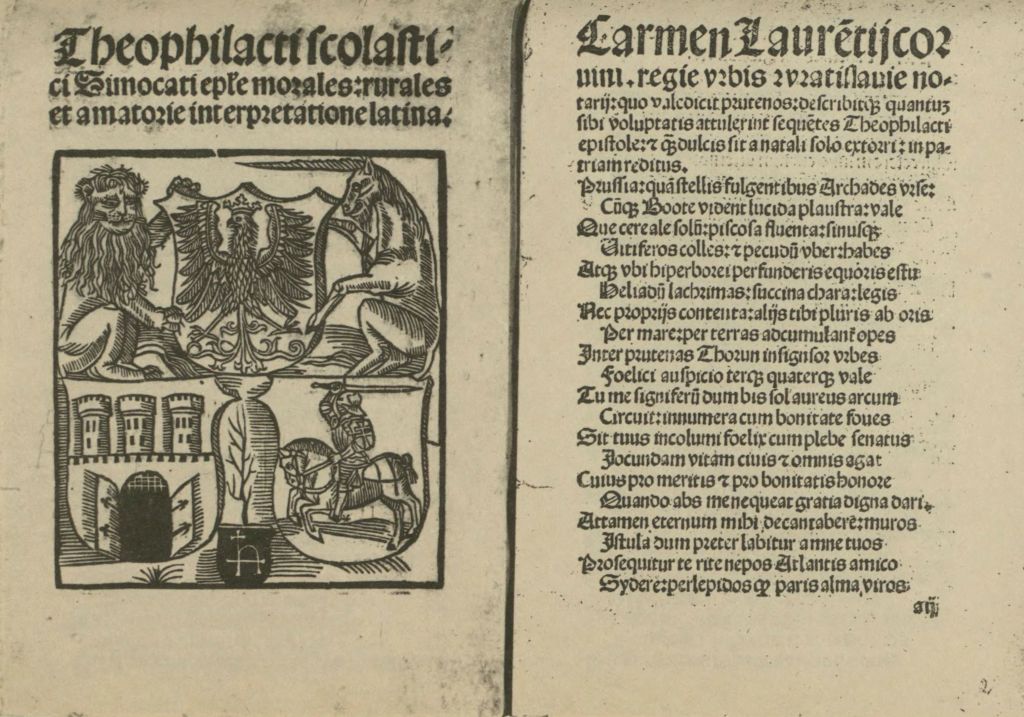
Copernicus is often hailed as the first modern astronomer but as many historians have pointed out, his initial intention, following the lead of Regiomontanus, was to restore the purity of Greek astronomy, a very humanist orientated undertaking. He wanted to remove the Ptolemaic equant point, which he saw as violating the Platonic ideal of uniform circular motion. De revolutionibus was modelled on Ptolemaeus’ Mathēmatikē Syntaxis, or more accurately on the Epytoma in almagesti Ptolemei of Peuerbach and Regiomontanus.
Tycho Brahe (1546–1601) was also heavily imbued with the humanist spirit. His elaborate, purpose-built home, laboratory, and observatory on the island of Hven, Uraniborg, was built in the style of the Venetian architect Andrea Palladio (1508–1580),
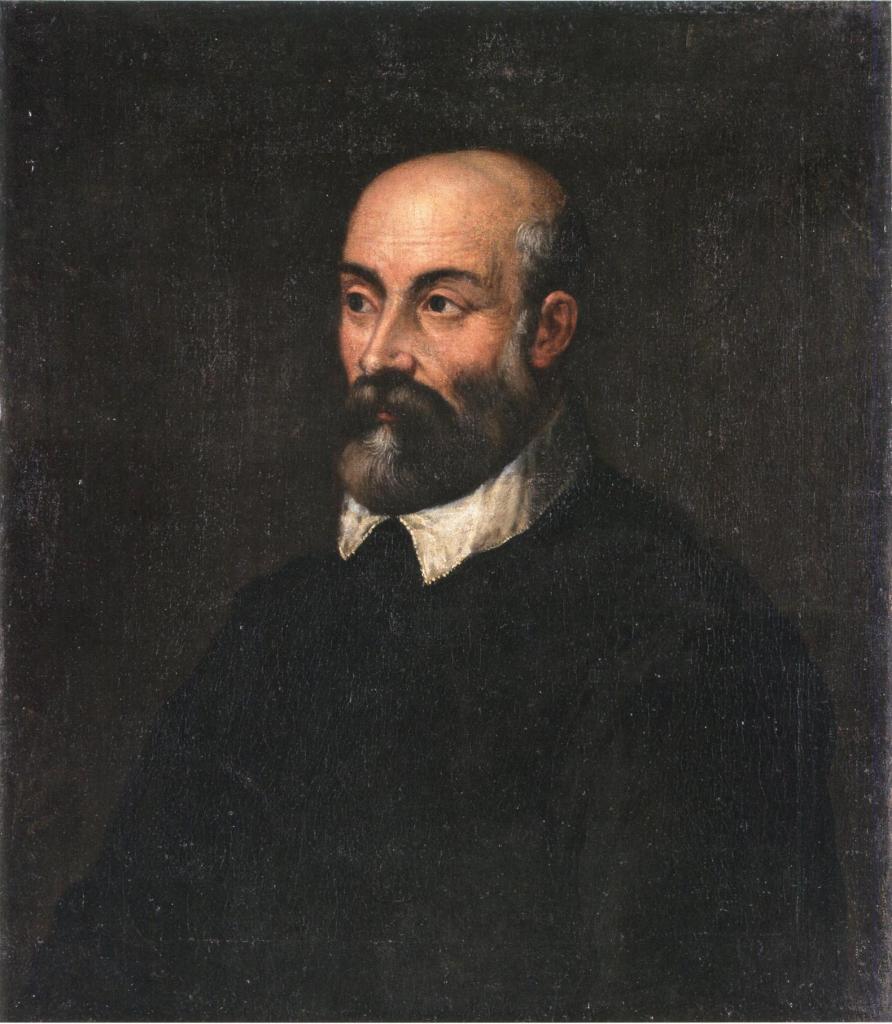
the most influential of the humanist architects, and was one of the earliest buildings constructed in the Renaissance style in Norther Europe.
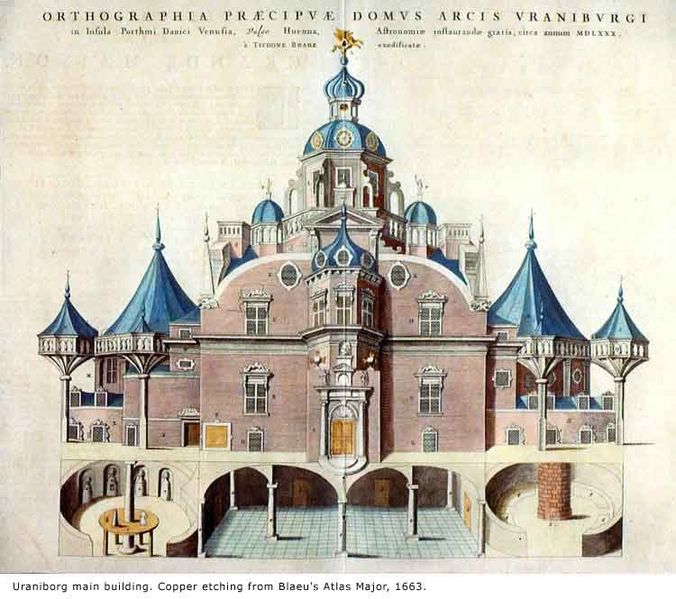
All of the Early Modern astronomers from Toscanelli down to a least Tycho, and very much including Copernicus, were dedicated to the humanist ideal of restoring what they saw as the glory of classical astronomy from antiquity. Only incidentally did they pave a road that led away from antiquity to modern astronomy.